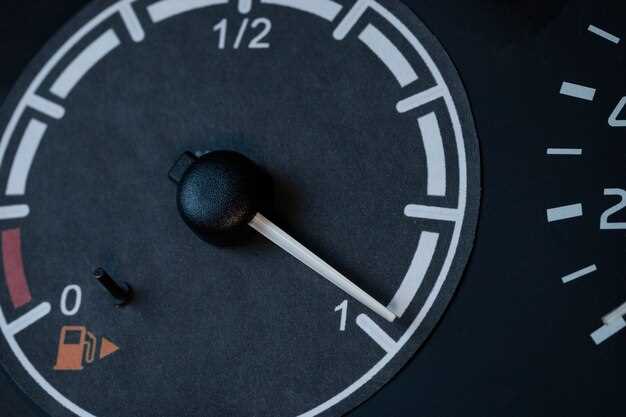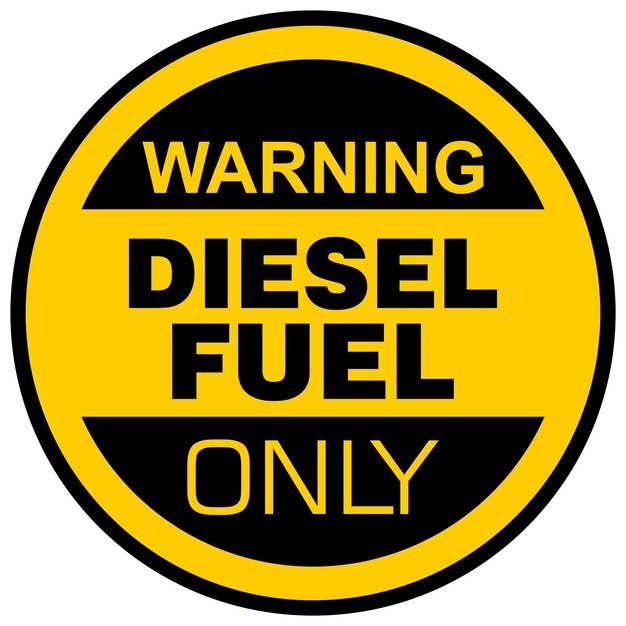
The turbocharger is a critical component of any diesel engine, directly influencing performance and efficiency. As it enhances air intake and optimizes fuel combustion, even minor issues can lead to significant declines in engine output. Understanding the warning signs of a failing turbocharger is essential to maintain your vehicle’s overall health and prevent costly repairs.
Recognizing early indications of trouble can save you from facing severe engine damage. Common symptoms such as unusual noises, decreased power, or excessive exhaust smoke often signal that your turbocharger requires immediate attention. Timely intervention is not only crucial for preserving performance but also for ensuring the longevity of your engine.
In this article, we will explore the key signs that your diesel turbocharger may be in distress. By familiarizing yourself with these indicators, you can take proactive steps to address any issues and keep your vehicle running at its best.
Unusual Noises Indicating Turbocharger Failure

A diesel turbocharger plays a crucial role in enhancing engine performance. However, unusual noises can be a primary indicator of potential failure. It is essential to recognize these sounds early to prevent further damage to your engine. Below are some common noises to watch out for:
- Whining Noise: A high-pitched whining or squealing sound often signifies a problem with the turbocharger bearings. This noise can indicate excessive wear, leading to performance issues if not addressed promptly.
- Grinding or Rattling: A grinding or rattling sound may indicate that the turbine or compressor wheel is making contact with the housing. This contact occurs due to imbalance caused by damage, which can severely affect performance and potentially lead to complete turbo failure.
- Hissing Noise: A hissing sound, especially during acceleration, typically suggests a boost leak. This leak results from a failing intercooler, cracked hoses, or faulty gaskets, ultimately reducing the engine’s performance.
- Knocking or Pounding: A knocking noise can result from loose or damaged internal components within the turbocharger. This condition can lead to catastrophic failure if ignored, requiring immediate attention to preserve engine performance.
Recognizing these unusual noises early can save you from costly repairs and maintain optimal performance. If you experience any of these sounds, it is recommended to consult a professional mechanic to assess the condition of your turbocharger.
Decreased Engine Performance and Fuel Efficiency

A diesel turbocharger plays a crucial role in enhancing engine performance and fuel efficiency. When it malfunctions, you may notice a significant drop in power and an increase in fuel consumption. This reduction in performance can manifest as sluggish acceleration, reduced maximum speed, or an overall lack of responsiveness when you press the accelerator. These symptoms suggest that your turbocharger is not delivering the necessary boost to your engine.
Moreover, an inefficient turbocharger can cause your engine to work harder to achieve the same output, leading to increased fuel consumption. If you observe that your vehicle is using more fuel than usual for the same distance traveled, it’s a strong indicator that your turbocharger may be underperforming. Poor fuel efficiency not only affects your budget but also contributes to higher emissions, negating the environmental benefits typically associated with diesel engines.
Addressing issues with your turbocharger promptly is essential to maintain optimal engine performance and fuel economy. Regular inspections and maintenance can help identify potential problems before they escalate, ensuring your diesel engine operates efficiently and effectively.
Visible Signs of Damage or Oil Leaks
A malfunctioning turbocharger can lead to severe engine issues, making it crucial to identify visible signs of damage or oil leaks promptly. One of the first indicators of a failing turbocharger is the presence of oil leaks around the unit. If you notice oil pooling or streaking on the ground beneath your vehicle, it could signal a compromised turbocharger seal or a damaged housing.
Check the Turbocharger Housing: Inspect the turbocharger housing for any signs of cracks or unusual wear. These visible damages can lead to performance issues and increase the likelihood of oil seeping into the intake system.
Oil Presence in the Intake: Another significant sign is the presence of oil in the intake manifold or intercooler. If you can see oil buildup in these areas, it often indicates that the turbocharger seals have failed, allowing oil to enter the engine’s air intake system.
Smoke Emission: Additionally, if your vehicle emits blue or gray smoke from the exhaust, it may be a sign that the turbocharger is burning oil. This condition can stem from damaged seals or bearings within the turbocharger, leading to excessive oil consumption.
Acting quickly upon noticing these visible signs is essential to prevent further damage to your engine and ensure the longevity of your turbocharger.




